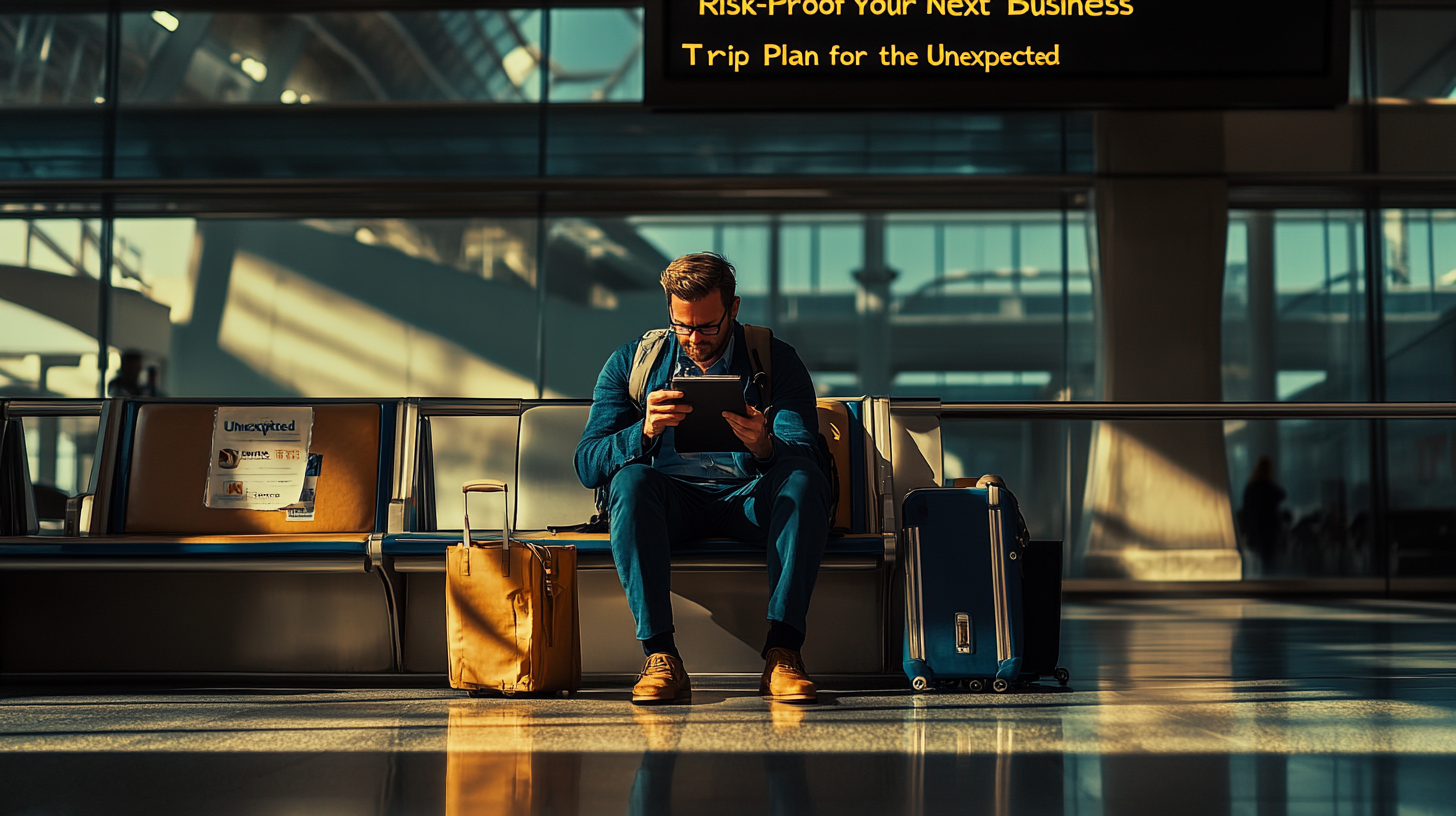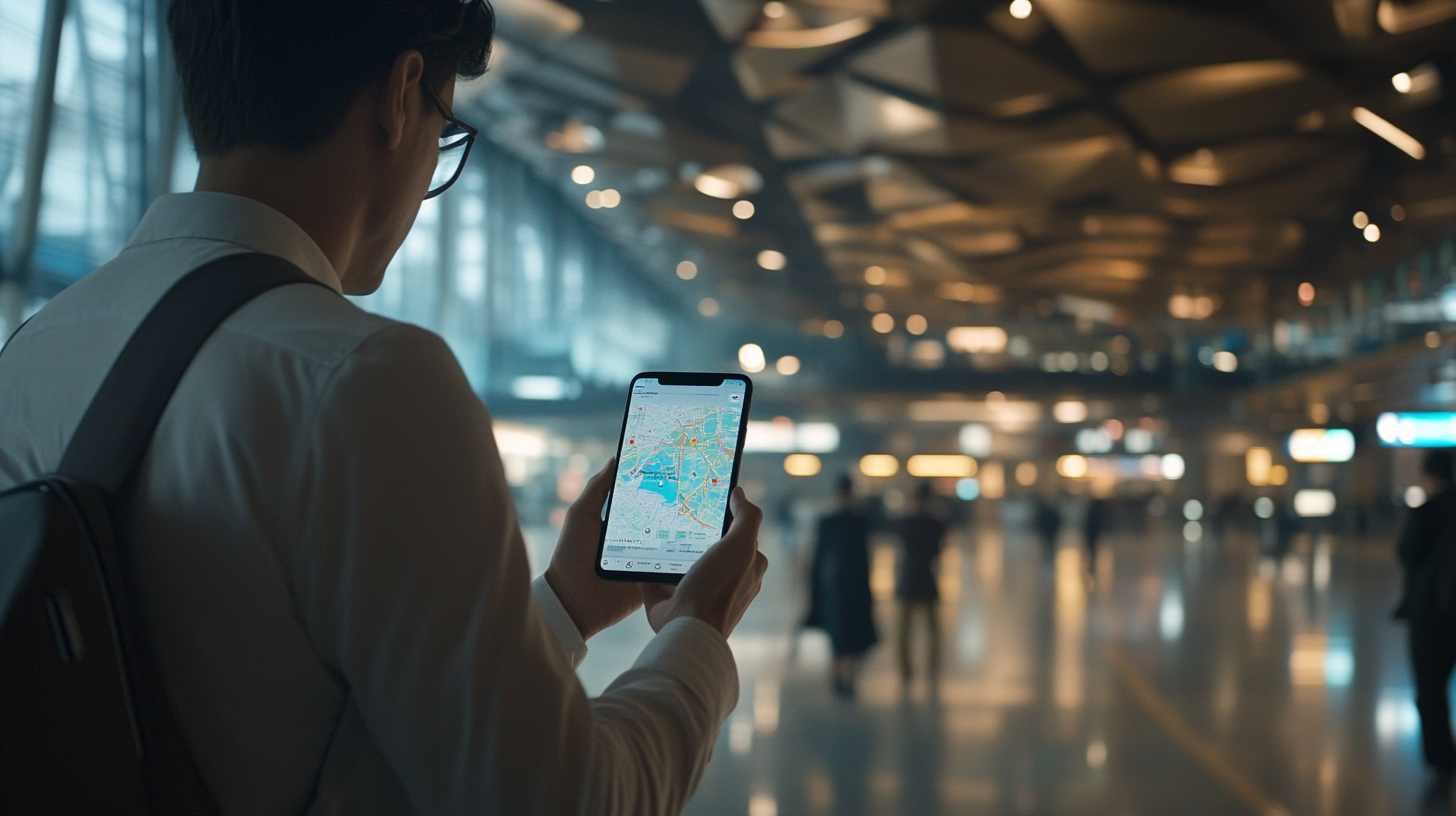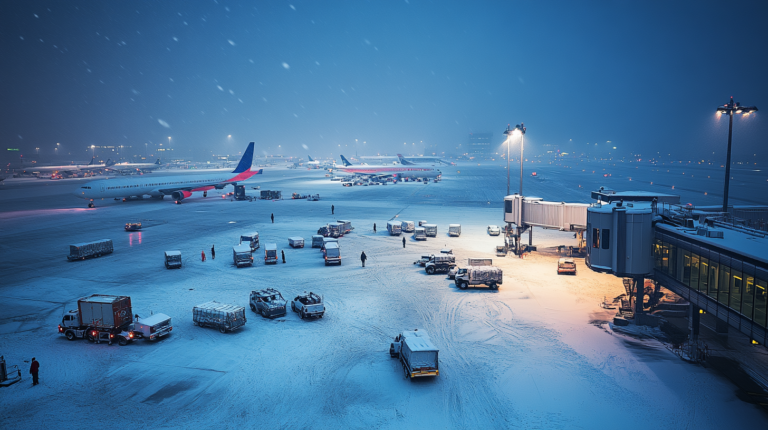Risk-Proof Your Next Business Trip

I’ll be the first to admit that I’m a fan of finding that perfect seat, leaning back, and savoring the view. But in all my flights, I’ve learned that traveling for work isn’t just about comfort. It’s also about understanding the unpredictable challenges that come with each journey. Over the years, I’ve pored over countless real-life stories, from unexpected border closures to the ever-changing regulations of different destinations. By tapping into this wealth of shared experiences, I’ve come to appreciate how crucial it is to have a concrete plan for managing travel risks—no matter where you’re headed.
Corporate travel has surged beyond pre-2020 levels, and a 2024 global business survey conducted by the International Association of Travel Professionals revealed that nearly 65% of organizations plan to increase their travel budgets by next year. Meanwhile, blended “bleisure” trips—those combining work and leisure—are also on the rise, presenting both opportunities and complications. Let’s explore how to stay ahead of the curve by ensuring smooth, safe journeys and enabling teams to focus on what truly matters: getting the job done while enjoying the ride.
1. Understand the Hazards

When I visit a new destination, I look for more than just scenic spots or the best local coffee. I also make it a point to consider potential headaches—like severe weather events, regional conflicts, or rising health concerns. According to a 2023 study from the Global Travel Safety Council, unpredictable natural disasters and political instability rank among the top worries for corporate travelers worldwide. By identifying issues that might crop up in each location, companies can uphold their duty of care obligations and, most importantly, help travelers feel more at ease.
In my observation, even seasoned road warriors can be caught off-guard by sudden policy changes or local unrest. One colleague of mine once stalled in Eastern Europe because of a visa complication that arose overnight. By thoroughly mapping possible hazards before taking off, we can better prepare for scenarios that would otherwise throw us into disarray. Knowledge is power, and awareness of local conditions is the bedrock of a foolproof corporate travel program.
I’ve seen how a quick call with a regional expert—or even a reliable travel advisory website—can provide massive insight into emerging risks. This proactive approach not only helps travelers adapt but also fosters a sense of calm amid uncertainty. Knowing that someone has your back goes a long way, both for your peace of mind and for the company’s bottom line.
2. Plan for the Unexpected

Spontaneity can be fun when you’re on a personal getaway, but for business trips, a bit of structure goes a long way. Early on, I learned to create backup itineraries and crisis contact lists—in other words, building an extra safety net before I even pack my bag. Recent industry data shows that 70% of companies lacking solid travel protocols report more frequent delays and higher out-of-pocket expenses for their travelers. This correlation underscores the importance of pre-trip planning and thorough risk assessments.
I recall a trip where my scheduled flight got canceled due to an unseasonal hurricane. Thanks to a well-thought-out contingency plan, I quickly booked an alternate flight and re-routed within hours. This saved not just time but also reduced stress, allowing me to stay focused on my business objectives. Detailed guidance on local laws, recommended lodging options, and transport services can likewise help avoid costly detours. Timely updates about government regulations and border restrictions also keep everyone on the same page, particularly in regions where rules may shift with little notice.
Moreover, when a company invests in pre-trip health screening or crisis training, it sends a clear message to employees: “We care about your safety, and we’re here to support you.” This is more than a corporate box to tick; it’s the foundation for building trust and ensuring business continuity.
3. Embrace Real-Time Tracking

Some people shy away from the idea of tracking, but I’ve found that real-time location monitoring can be a major game-changer—especially when it comes to mitigating risk. According to industry data from 2024, companies that utilize AI-driven travel tracking tools experienced 40% faster response times during emergencies. That means smoother re-bookings, quicker evacuations, and less time lost to chaos.
I once watched a co-worker narrowly avoid a region about to be hit by heavy flooding, all thanks to an alert their phone received in-flight. This kind of up-to-the-minute insight is particularly valuable in today’s unpredictable climate. Whether it’s a sudden border closure or a local power outage, real-time tracking provides the elbow room to pivot fast.
Many travel management firms offer end-to-end solutions. I’ve seen how Direct Travel‘s suite, for instance, can map traveler whereabouts and send push notifications on volatile hotspots. Knowing who’s where and what’s happening can make or break a trip. It’s a level of precision that offers both the traveler and the organization some much-needed peace of mind.
4. Focus on Training and Preparation

I always say that confidence is bred by preparation. In the corporate world, that means crisis drills and situational training. I’ve personally taken part in a few training sessions where we got simulated “lost passport” scenarios—and those experiences were eye-opening. Suddenly, you realize how little you know about embassy locations or after-hours emergency contacts until you need them.
Beyond practical skills, training fosters a culture of vigilance. For instance, if you’re traveling to a high-risk region, it’s reassuring to know you’ve walked through potential threats in a mock exercise. Businesses that invest in regular scenario-planning sessions see fewer last-minute scrambles and smoother, more confident teams. This approach also helps sidestep reputational risks, because employees who know what to do under pressure are less likely to make headlines for all the wrong reasons.
Another part of training involves mental preparedness. In my own journeys, I’ve found that having the right mindset can turn moments of panic into moments of calm decisiveness. That psychological edge is invaluable, and it’s something every organization can cultivate by prioritizing thorough preparation before wheels are up.
5. Align with ISO 31030 for Peace of Mind

I’ve noticed that even as business travel bounces back, not every company follows the formal strategies to ensure traveler security. ISO 31030, introduced to reinforce duty of care, covers everything from how you vet travel decisions to how you track health and safety conditions on the road. A recent study suggests that only 24% of companies fully adhere to these guidelines, leaving the vast majority missing out on a globally acclaimed framework.
Why does that matter? Because I’ve witnessed situations where confusion over roles and responsibilities led to slow response times during a crisis. By adopting ISO 31030, organizations establish clear processes, from due diligence before booking to real-time monitoring and post-trip debriefings. The payoff is not just technical compliance but genuine peace of mind for travelers who know their well-being is more than a line item in a travel policy.
For me, adhering to ISO 31030 signals a company’s commitment to staying agile and accountable. It’s not about unnecessary bureaucracy; it’s about ensuring that every trip—whether it’s a short domestic hop or a long-haul flight across continents—comes with a reliable blueprint for safety and success.
Final Thoughts

At the heart of any successful business trip is a commitment to both productivity and care. By recognizing potential hazards, laying out contingency plans, and staying current with real-time data, we equip ourselves with the tools to adapt in an ever-changing travel landscape. Especially in 2025, when technology allows us to receive immediate updates and insights at our fingertips, there’s no excuse for ignoring the value of preparedness.
Companies that embrace thorough training protocols and align with standards like ISO 31030 set themselves apart. Travel becomes more than a simple commute; it evolves into a strategic endeavor that balances opportunity with responsibility. And in this landscape, peace of mind isn’t a luxury—it’s a necessity.
Ryder’s Take
I’ve learned the hard way that a secure, well-planned journey can make or break any important business deal. There’s something reassuring about boarding a plane knowing you’ve got a solid backup plan, real-time alerts, and a supportive network behind you. It frees you to focus on what truly counts—growing your business, exploring new horizons, and staying inspired by the world around you.
Whether you’re tracking storms, navigating customs, or simply trying to land a decent seat on a crowded flight, having a solid risk management plan helps you soar with confidence. It might seem like extra effort, but believe me, it’s worth every ounce of preparation once you’re up in the air.
Seat5A is where we stay one step ahead, so you can fly confidently every time.






